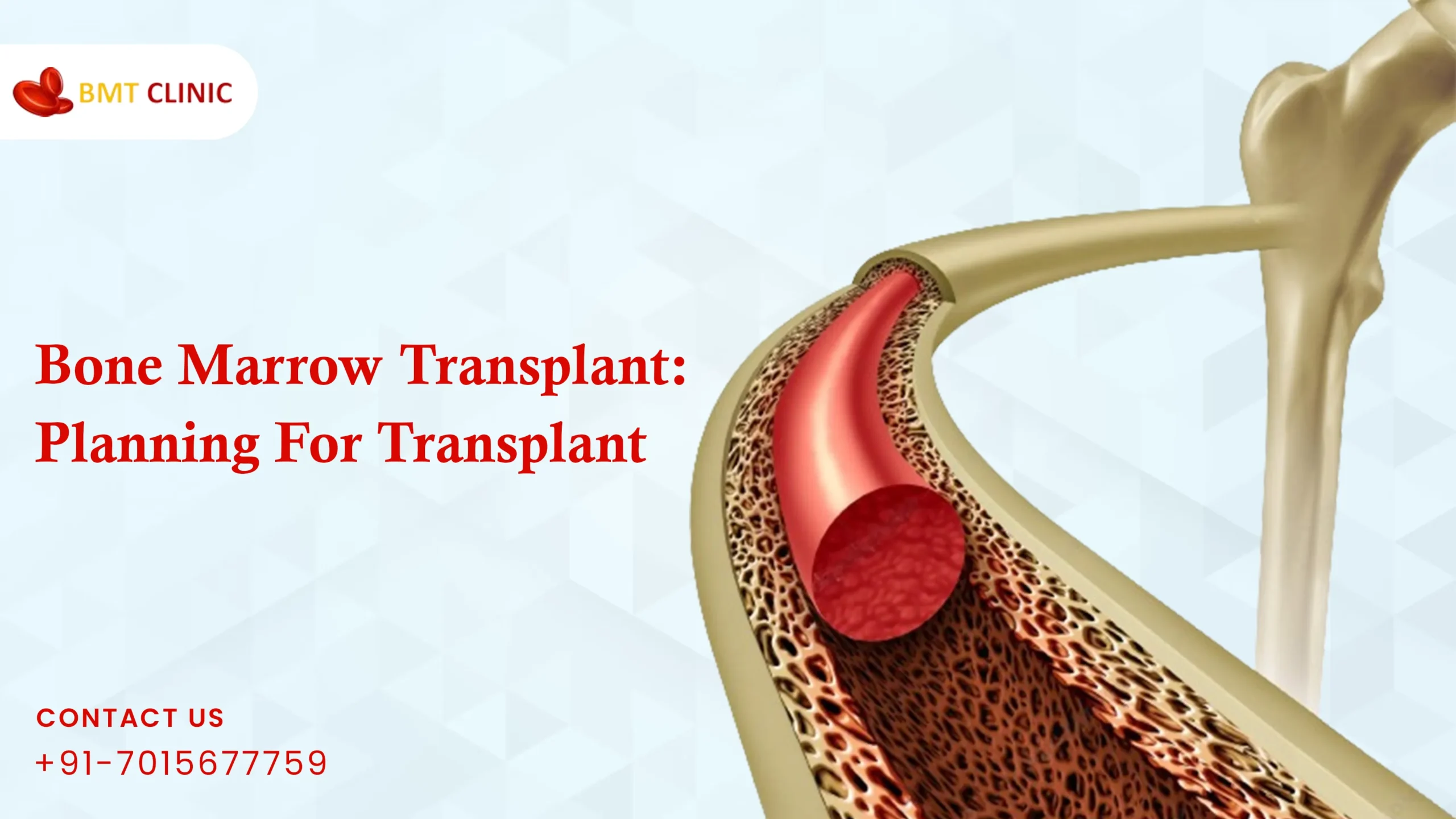You probably have a lot of concerns and questions if you qualify for a bone marrow transplant. Here in the blog, we will discuss about the important things you need to know and assist you and your family in preparing for the transplant and during your recovery.
Before we delve into the topic let us first know what is bone marrow transplant. A bone marrow transplant is a procedure that involves using healthy bone marrow to replace damaged or diseased bone marrow, which is a spongy substance inside your bones where your body produces and stores blood cells.
What You Can Expect Before Starting Your Bone Marrow Transplant?
If your doctor has determine BMT as your best option for your treatment, here are some thing you need to remember before starting your process.
Your transplant team and you will meet frequently over the course of many weeks or longer. You will go over your options and weigh the advantages and disadvantages of a transplant throughout your consultations. You will work with the team on the following as you prepare for the bone marrow transplant:
Health assessment: A thorough medical history and physical examination will be performed when you visit the hospital. In order to determine whether you are healthy enough for the surgery, your doctors will evaluate your organ and blood functioning. The transplant team may include doctors, nurses, a social worker, and a BMT coordinator.
Matching and Compatibility: Your tissue type (HLA) is compared to the donor’s tissue type to determine compatibility. HLA refers to a group of proteins on the surface of cells that are involved in the immune system. A close match between the donor and your HLA increases the chances of a successful transplant.
Donor Selection: A family member (often a sibling), an unrelated donor, or in certain situations your own bone marrow may be used as the donor for a bone marrow transplant. When choosing a donor, the transplant team will take into account a number of characteristics, such as tissue compatibility, availability, and desire to donate.
Conditioning and Preparation: You will go through a conditioning program prior to getting the bone marrow transplant to get your body ready for it. Usually, this treatment plan consists of radiation therapy, chemotherapy, or both. This conditioning is meant to kill off your sick cells and make it more likely for the new bone marrow cells to settle in.
Step Involved In a Bone Marrow Transplant
While all the diagnoses are done by you treating doctor you will undergo your transplant process which can involve some steps. Click here to learn more about the types of bone marrow transplants.
Stem Cell Collection: Once all the process is completed, the donor’s bone marrow is harvested by the transplant team. This involves undergoing anesthesia and collecting bone marrow through a procedure called a bone marrow aspiration or bone marrow harvest. The harvested bone marrow contains stem cells that can differentiate into various types of blood cells.
Stem Cell Infusion: The collected stem cells are frozen and stored until they are ready to be transplanted. On the day of the transplant, the stem cells are thawed and infused into the patient intravenously. This usually takes several hours.
Post-Transplant Care: After receiving the bone marrow transplant, the patient remains in the hospital for several weeks for observation and treatment. During this time, the transplant team monitors the patient’s condition closely and administers medications to prevent infections and support the immune system.
Follow-Up Care: After the transplant, the patient requires ongoing follow-up care to monitor for complications and to assess the success of the transplant. This may include regular blood tests, scans, and visits to the doctor. Long-term monitoring is necessary to ensure that the patient remains healthy.
Following a few days of recuperation, you will receive new blood stem cells via the central venous catheter. You will most likely be awake during this, but it should not hurt. The new cells will develop into red, white, and platelet blood cells once they get to your marrow. This process is known as engraftment and it can take two to four weeks.
Take Away
Bone marrow transplant is a complicated surgery that requires necessary planning with meticulous preparation and execution. By knowing about the following steps we have shared you will be ensured and furthermore, a transplant team will be there to make sure you get the best care possible during the procedure. Also, it is important to note that you need to work closely with your transplant team and follow their instructions to ensure a successful outcome.

